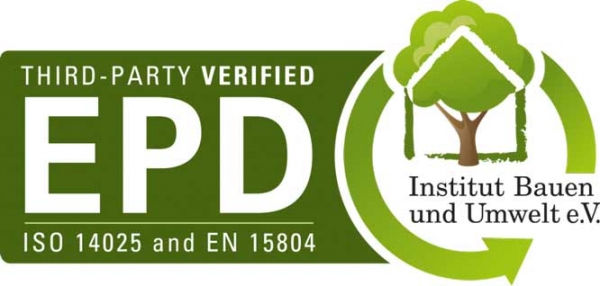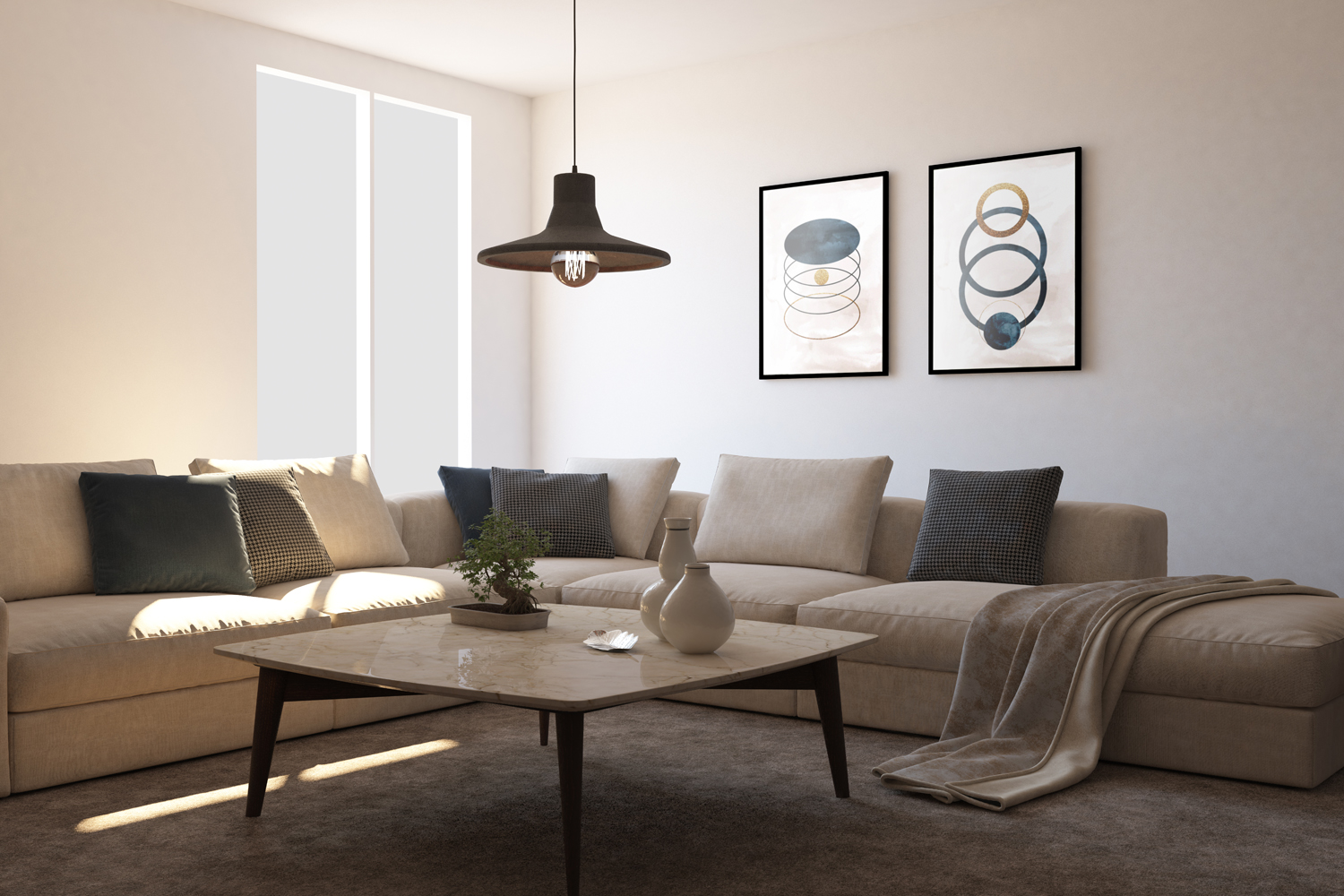Sustainable buildings
and textile floor coverings
The importance of addressing sustainability within the building and construction sector, is supported by the European Commission’s statistics. The building sector is energy-intensive and is responsible for a significant part of the CO2 emissions across the European Union. Find out more about sustainability, with regards to textile floor coverings.
Sustainability in the construction sector
Buildings are responsible for 40% of Europe’s energy consumption and 36% of CO2 emissions, according to the European Commission. Generally, the building stock across the region is only 25% energy efficient and requires urgent modernisation. For this reason, the European Commission plans to use the “Green Deal” initiative to support the renovation and modernisation of existing buildings across the EU, and to focus on the development of new energy efficient construction methods aligned with the circular economy principles. You can find more information on the European Commission’s website.
Sustainability: a far-reaching concept
Often the term sustainability is only associated with environmental impacts or ecological consequences of economic activity. However, in reality, sustainability is much more broadly defined and consists of three core areas: Economy, Ecology, and Social /Cultural. The only way to gain a comprehensive and objective understanding of how sustainable an individual building actually is, is to consider all three aspects as part of a life cycle analysis. This means that each of the three elements can optimised and targeted individually for a common goal during the life of a building from inception to end of life.
- Land use
- Primary Energy Expenditure (renewable/ non-renewable)
- Global Warming Potential (GWP) – carbon impact
- Ozone Depletion Potential (ODP)
- Acidification potential (AP) will this cause “acid rain” effects
- Eutrophication potential (EP) what will happen to the water or groundwater
- Ozone Creation Potential (POCP) will it contribute to “summer smog” or worsening air quality.
“Life Cycle Assessments” (LCA) for sustainable building products
Every product used within a building, including textile floor coverings, influences the overall environmental and ecological quality of the entire building. Therefore as all building components need to be produced sustainably, all manufacturers need to have a wide reaching and sustainable approach to the efficient use of resources, the adoption of energy-saving processes, and use innovative transport routes.
Within the framework of the European Standardisation CEN/TC 350, the use of Environmental Product Declarations (EPD’s) demonstrate that sustainability information can be calculated and presented uniformly within the construction sector. EPD’s therefore now play a decisive role in the assessment of sustainable buildings.
Textile floor coverings and sustainable buildings
Over 10 years ago, GUT developed an extensive EPD programme for textile floor coverings. Working with The Institut Bauen und Umwelt (IBU e.V.), generic EPD’s for almost all textile floor covering types were made publicly available. This data can be found via the Ökobaudat database.
At the same time, leading international textile floor covering manufacturers recognised the value of product specific EPD’s so worked alongside GUT to develop the concept further. As a result, by the end of 2019 there were in excess of 350 product specific EPD’s which helps users and specifiers to compare similar products correctly in terms of the sustainability credentials. In addition to the objective measures and impacts of sustainability, found in EPD’s, textile floor coverings have a significant effect on the social and cultural aspects of a building interior where they are installed, not only in terms of design and aesthetics, but also on the health and well being of its users.
Erfahren Sie mehr über die Nachhaltigkeit von textilen Bodenbelägen
Neben der ökologischen Dimension der Nachhaltigkeit, die durch Umweltproduktdeklarationen objektiv und dadurch vergleichbar dargestellt wird, haben textile Bodenbeläge vor allem in der sozialen und kulturellen Dimension Einfluss auf die Nachhaltigkeit eines Gebäudes bzw. des spezifischen Raumes, in dem sie verlegt werden.
Insbesondere können durch textile Bodenbeläge ästhetische und gestalterische sowie Aspekte der Gesundheit und des Wohlbehagens beeinflusst werden.
Learn more about the sustainability of textile floor coverings
Environmental Product Declarations
EPD’s provide transparent, independent (third party verified), and understandable information on the environmental impact of many products in the construction sector including textile floor coverings. EPD’s therefore provide invaluable support to key decision-makers from planners and architects to building owners regarding the life cycle assessment of a textile floor covering.


Indoor Air Quality
It is important to ensure that indoor air quality does not harm the health and well-being of any building occupants. According to the DGNB certification system for sustainable buildings, if the minimum requirements for indoor air quality are not met, the certificate is not valid or issued. You can find out how textile floors influence indoor air quality here.
Circular Economy
In order to achieve a circular economy it is vital to select the correct raw materials and production methods for a product when it is being developed and before it is produced. Therefore, decisions made today will have a decisive influence on the recyclability of textile floor coverings in 10 to 15 years. GUT has developed a comprehensive recycling management system by working closely with its industry members and their suppliers.
